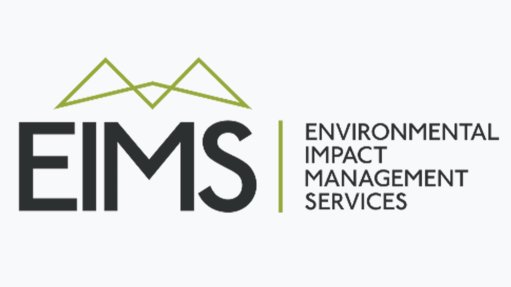Born in Cape Town and now cleaning waterbodies worldwide – meet the WasteShark

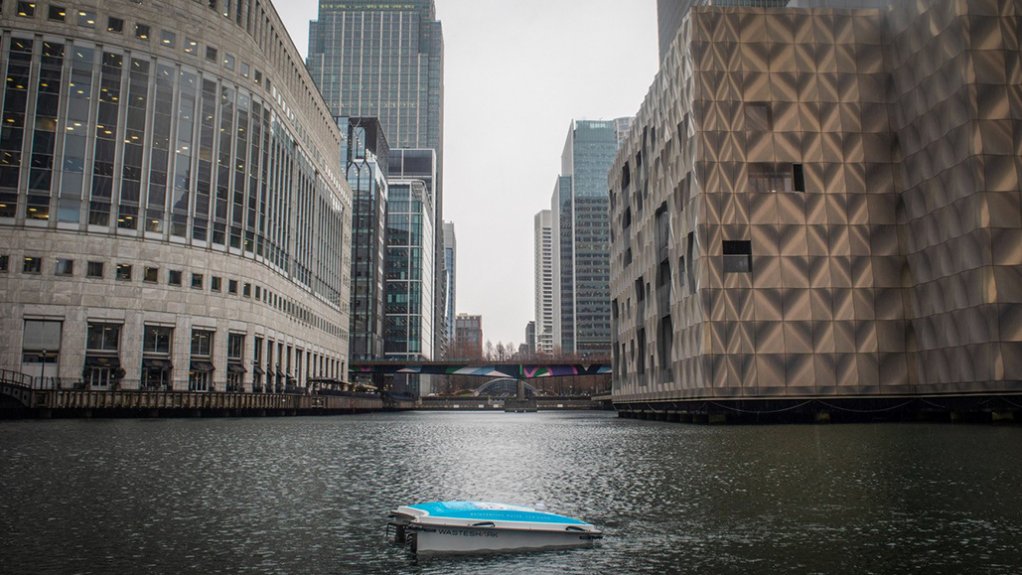
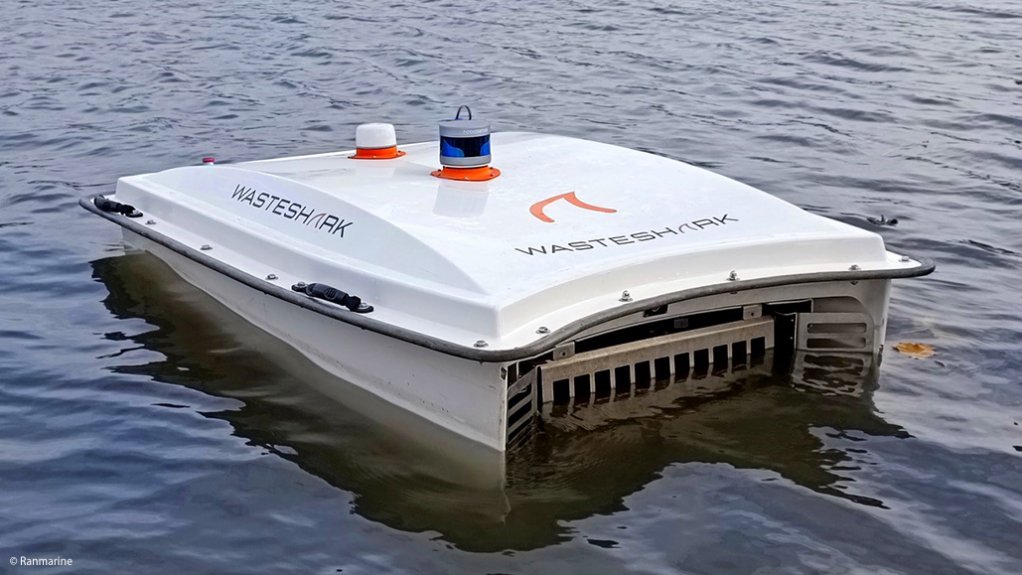
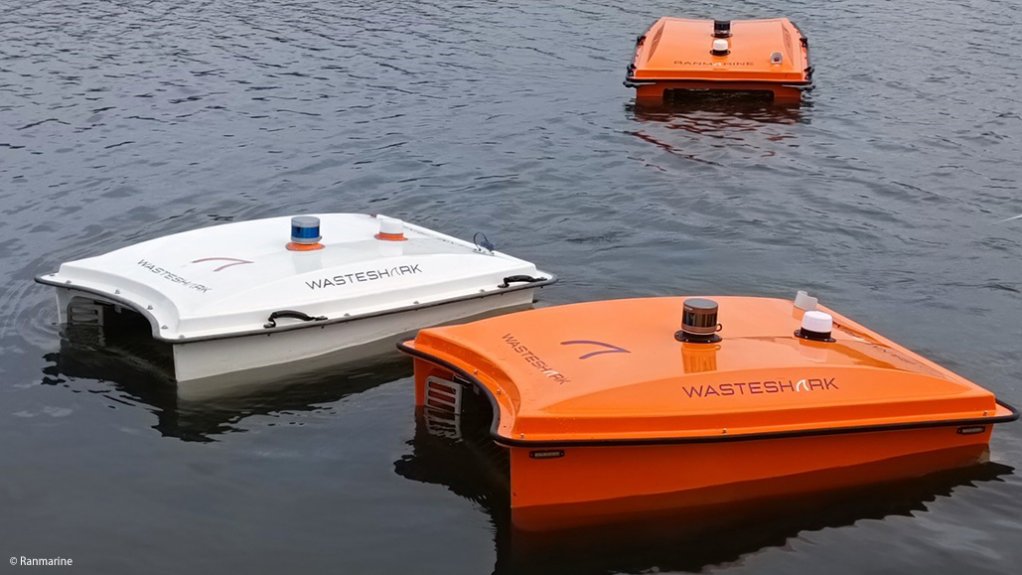

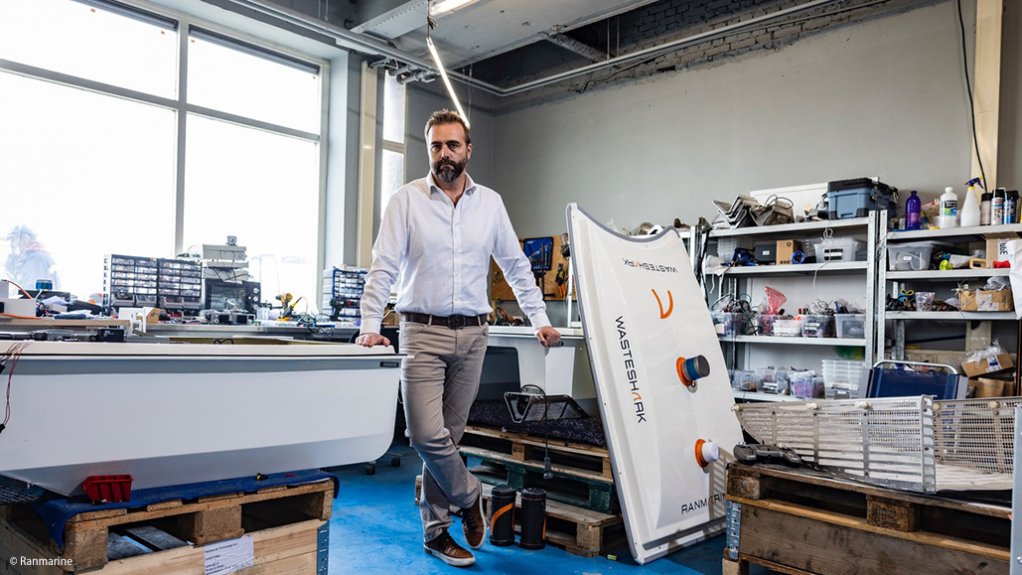
The WasteShark in action at Canary Wharf in London
Inside the WasteShark
Ranmarine founder and CEO Richard Hardiman
It’s like a Roomba for water, and it has its roots in Cape Town.
If you don’t know what a Roomba is, it is a robotic vacuum cleaner that hoovers your carpets and floors autonomously.
The WasteShark has the same job description, but it works in the water, cleaning the surfaces of ponds, ports, marinas, canals and lakes.
The waste collector was designed by a Dutch company called RanMarine Technology (RMT), founded in 2016, explains RMT chief product officer Alistair Longman.
The South African founder and CEO of the company, Richard Hardiman, stumbled on the idea when he witnessed a boat crew at the V&A Waterfront in Cape Town fish out debris from the canals with a net.
“The concept is based on the world's largest fish – the whale shark,” Longman tells Engineering News Online.
“The design of the WasteShark mimics the gaping mouth of the whale shark as it filters food from the surrounding water.”
The WasteShark is able to collect floating debris from the water surface, including trash and unwanted biomass, like floating macroalgae and water hyacinth.
“The machine can clean up anything that is floating on the water, as long as it can fit into its mouth,” says Longman.
This list includes all kinds of plastic and glass bottles, bags, packaging, food wrappers, sticks, leaves, duckweed, water hyacinth, gloves, shoes and soccer balls.
The WasteShark will, however, avoid marine life.
“The WasteShark moves slowly through the water, so birds and other marine life are easily able to move out of its way,” says Longman.
“To date we have not harmed any marine life with a WasteShark, and the only fish we collected are dead ones floating on the surface.”
An additional benefit from employing the WasteShark is that it is able to collect geo-tagged environmental data on water health while it cleans, such as pH and dissolved oxygen.
This data is accessible from an online software portal called Ranmarine Connect.
The WasteShark operates best in inland and sheltered coastal waters, says Longman.
Around 1.6 m by 1 m in size, it is designed to cope with a one-and-a-half metre swell.
It can collect up to 160 l or 60 kg of floating debris in one payload.
Because it is compact, the machine can access floating waste in chokeholds and difficult to reach areas, such as behind moored vessels and under jetties, notes Longman.
In terms of operations, there are currently two versions of the WasteShark – a radio-controlled waste collector which is driven by an operator on shore, as well as an autonomous version that can follow a path of predefined waypoints whilst avoiding obstacles.
The Ranmarine Connect interface allows the operator to plot routes on a map, and to start autonomous missions.
The autonomous WasteShark is fitted with LiDAR which helps it to detect and avoid immovable and moving obstacles, such as other boats or quayside walls.
This version also has other integrated instruments like an inertial measurement unit and dual-GPS modules which allow it to determine its own position relative to the path it is to follow.
The WasteShark is powered by two electrically driven motors dual directional thrusters connected to rechargeable batteries, which provide an operating time of up to eight hours on a single charge.
Electric operation offers the opportunity for 100% emission-free operation if the batteries are charged using a renewable source of electricity, says Longman.
The size and weight of the WasteShark means the product can be easily deployed by two people.
“The WasteShark can be carried and placed in different operating areas by simply lifting it and placing it in the water,” says Longman.
The machine can also operate during the night.
First Clients
Depending on the level of autonomy, the WasteShark ranges in price from €20 000 to €33 000.
“This is a competitive price,” says Longman.
“Realistic modelling demonstrates that an autonomous WasteShark is at least 70% more efficient than employing the traditional method of cleaning, which involves two people removing trash from the water with nets.”
RMT already has more than 75 units operational around the world. Customers include theme parks, ports, harbours and municipalities.
“We have WasteSharks in the US, UK, Europe and South Africa,” says Longman.
In South Africa, WasteSharks can be found at the Hout Bay harbour and at the Royal Cape Yacht Club.
As is the case with RMT headquarters, the company’s development and production facility is also based in the Netherlands.
“The Netherlands is the perfect place to test our products, as there is an abundance of managed waterways in the country,” says Longman.
“We are currently testing a docking station which allows a fleet of WasteShark drones to work collaboratively to clean an area. It also enables automatic docking, waste discharge and battery recharging.”
Also in the pipeline is a larger vessel, called the MegaShark, which will offer significantly more capacity for waste capture.
“Our strategy is to scale and grow our sales significantly over the next five years, and we envisage deploying hundreds of WasteSharks over the coming two to three years,” says Longman.
“At the same time we are looking at the problem of oil spills and algal blooms, which also have a significant environmental impact globally.
“The WasteShark/MegaShark platform is perfectly suited to holding different payloads aimed at addressing specific problems, and we want to develop an oil capture and algae management modules that can easily be interchanged with a trash basket.”
Article Enquiry
Email Article
Save Article
Feedback
To advertise email advertising@creamermedia.co.za or click here
Comments
Press Office
Announcements
What's On
Subscribe to improve your user experience...
Option 1 (equivalent of R125 a month):
Receive a weekly copy of Creamer Media's Engineering News & Mining Weekly magazine
(print copy for those in South Africa and e-magazine for those outside of South Africa)
Receive daily email newsletters
Access to full search results
Access archive of magazine back copies
Access to Projects in Progress
Access to ONE Research Report of your choice in PDF format
Option 2 (equivalent of R375 a month):
All benefits from Option 1
PLUS
Access to Creamer Media's Research Channel Africa for ALL Research Reports, in PDF format, on various industrial and mining sectors
including Electricity; Water; Energy Transition; Hydrogen; Roads, Rail and Ports; Coal; Gold; Platinum; Battery Metals; etc.
Already a subscriber?
Forgotten your password?
Receive weekly copy of Creamer Media's Engineering News & Mining Weekly magazine (print copy for those in South Africa and e-magazine for those outside of South Africa)
➕
Recieve daily email newsletters
➕
Access to full search results
➕
Access archive of magazine back copies
➕
Access to Projects in Progress
➕
Access to ONE Research Report of your choice in PDF format
RESEARCH CHANNEL AFRICA
R4500 (equivalent of R375 a month)
SUBSCRIBEAll benefits from Option 1
➕
Access to Creamer Media's Research Channel Africa for ALL Research Reports on various industrial and mining sectors, in PDF format, including on:
Electricity
➕
Water
➕
Energy Transition
➕
Hydrogen
➕
Roads, Rail and Ports
➕
Coal
➕
Gold
➕
Platinum
➕
Battery Metals
➕
etc.
Receive all benefits from Option 1 or Option 2 delivered to numerous people at your company
➕
Multiple User names and Passwords for simultaneous log-ins
➕
Intranet integration access to all in your organisation













